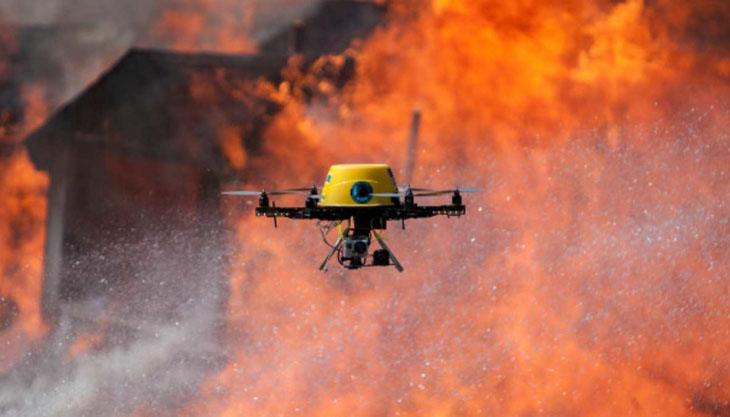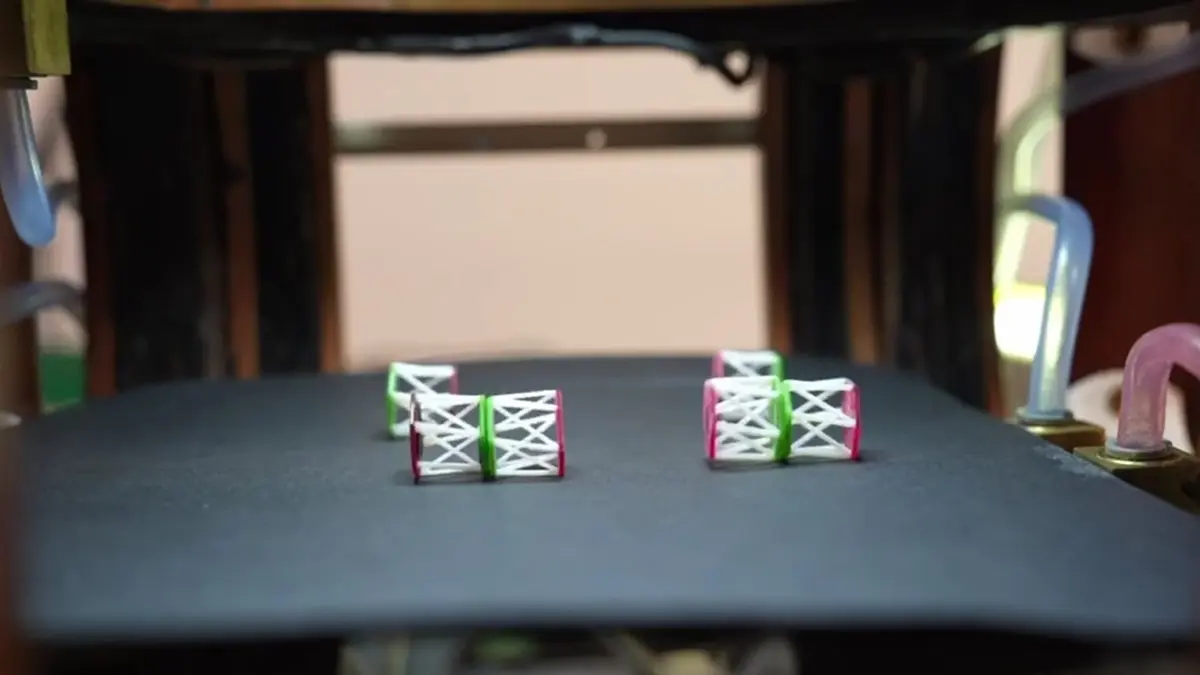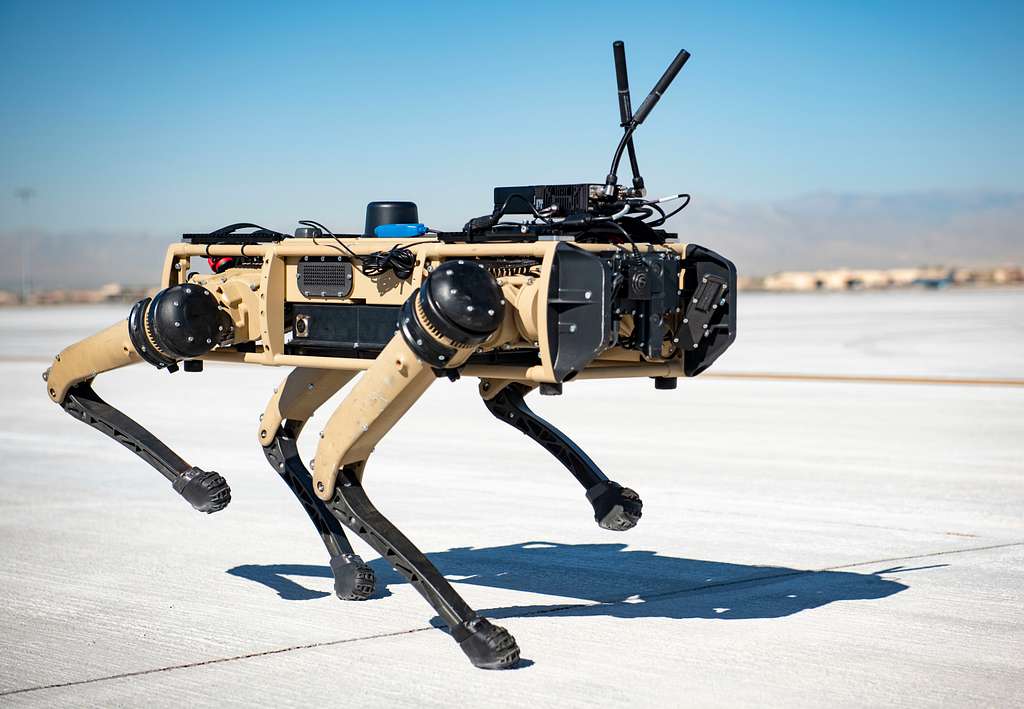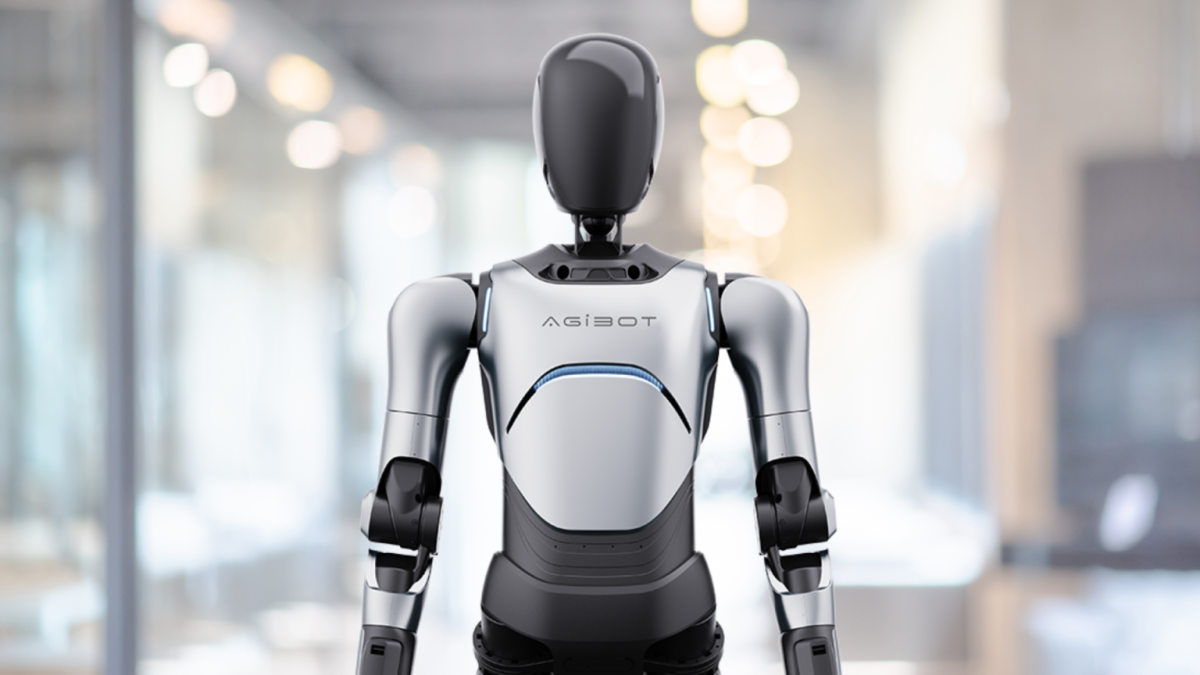
Robotic arms began as an idea to shift dangerous and repetitive tasks away from people and into machines. The first industrial robotic arm grew from George Devol’s 1954 patent and was first released in the early 1960s as the “Unimate,” which began working on an automobile assembly line in 1961. Early robots performed heavy, hazardous jobs such as moving massive metal parts and welding. Their adoption in automotive factories set the pattern for modern industrial automation.
Today’s robotic arms are more varied, widespread, and much more intelligent than those first Unimates. In factories and warehouses they increase efficiency and reduce workers’ exposure to dangerous tasks. Collaborative robots (cobots) now share work-spaces with humans to handle repetitive or precision tasks while people carry out higher-level assembly, inspection, and maintenance duties. At the same time, data from recent studies show that robot adoption changes local labor markets. Some routine jobs decline while demand increases for technicians, programmers, and maintenance roles that support automated equipment.
Beyond manufacturing floors, robotic arms are appearing in healthcare, logistics, elder care, and service roles. Newer systems combine improved sensing, AI, and cloud connectivity so a single robotic arm can do more varied tasks; for example, hospital delivery robots and assistive devices for care settings are being piloted and expanded as providers look for help with staffing shortages. This diversification shows robotic arms are moving from specialist, heavy-industry tools to multipurpose devices that can augment many kinds of work.
Looking ahead, trends point to faster growth, tighter AI integration, and wider use of collaborative systems. Market and industry analyses expect the robotics market to expand strongly through the late 2020s as AI models improve planning and perception, enabling robotic arms to perform longer-horizon tasks and transfer skills between platforms. These advances should raise worker productivity and open new business models, but they will also accelerate the need for new safety, liability, and policies to manage increasingly capable robots.
Those social and ethical issues deserve particular attention in schools and communities. Evidence shows that automation can both disrupt specific routine roles and produce opportunities in higher-skilled jobs; therefore, preferable outcomes depend on investments in training, apprenticeships, and STEM education that prepares students for robot-related careers. Policymakers and companies also need to address safety standards, workplace design for human–robot collaboration, and support for workers through transitions so automation benefits are widely shared.
For middle school students, learning about robotic arms is practical and empowering. Hands-on programs (robotics clubs, simple arm kits, block-based programming) teach mechanical reasoning, coding, and teamwork while showing how engineers design for safety, efficiency, and ethics. As robotic arms become more common in workplaces, students who gain basic robotics, electronics, and data skills will be better prepared for future technical pathways and they’ll understand how to shape technology so it serves society. In short, robotic arms are already reshaping jobs and daily life. With thoughtful education, policy, and design, they can increase safety and productivity while creating new kinds of meaningful work.
Works Cited
Automate. (n.d.). Joseph Engelberger and Unimate: Pioneering the robotics. https://www.automate.org/robotics/engelberger/joseph-engelberger-unimate
Caselli, M. (2025). What workers and robots do: An activity-based analysis of…ScienceDirect. https://www.sciencedirect.com/science/article/pii/S0048733324001847ScienceDirect
LiveScience. (2025). Robots receive major intelligence boost thanks to Google DeepMind’s ‘thinking AI’. https://www.livescience.com/technology/robotics/robots-receive-major-intelligence-boost-thanks-to-google-deepminds-thinking-ai-a-pair-of-models-that-help-machines-understand-the-world
Manufacturing Dive. (2025, October). Manufacturing jobs keep going down. Is AI responsible? https://www.manufacturingdive.com/news/us-manufacturing-job-decline-artificial-intelligence-automation/802672/Manufacturing Dive
Reuters. (2025, October 14). Diligent Robotics eyes senior living market as it expands beyond hospitals. https://www.reuters.com/business/healthcare-pharmaceuticals/diligent-robotics-eyes-senior-living-market-it-expands-beyond-hospitals-2025-10-14/
Robotics and Automation News. (2025, October 13). The grand illusion: Are big profits in the industrial robotic arms market just pure fantasy now? https://roboticsandautomationnews.com/2025/10/13/the-grand-illusion-are-big-profits-in-the-industrial-robotic-arms-market-just-pure-fantasy-now/95423/
Wikipedia. (2025). Unimate. https://en.wikipedia.org/wiki/Unimate









